Orthopedic, Mobility, & Post-Surgical Rehab
- Knee Surgery & ACL Rehab: Find Therapy After Knee Replacement
- Post-Shoulder Surgery Rehab: Rotator Cuff & Labral Repair Recovery
- Post-Hip Replacement Rehab: Recovery & Therapy
- Back Surgery Rehab & Recovery Therapy | Expert Rehab Plans
- Frozen Shoulder Adhesive Capsulitis Rehab
- Tendonitis Rehab & Treatment | Achilles, Patellar & Rotator Cuff Tendonitis Therapy
- Low Back Pain Rehab & Therapy | Expert Treatment & Recovery
- Sciatica Pain Relief & Rehab Therapy | Find Trusted Sciatica Specialists
- Neck Pain: Causes, Treatment & Therapists Near You
- Chronic Pain & Fibromyalgia: Causes, Relief & Therapy
- Torticollis in Babies & Adults: Causes, Symptoms & Therapy
- Toe Walking in Children: Causes, Therapy Options & When to Worry
- Scoliosis in Children and Teens: Symptoms, Treatment & Therapy Support
Low Back Pain Rehab & Therapy | Expert Treatment & Recovery

Authored by: The DrSensory Editorial Team
Reviewed by: 🛡️ DrSensory Clinical Review Board – Doctor of Therapy Rehab Division
Last updated: June 2025
- Types of Low Back Pain: Acute vs. Chronic
- Common Low Back Pain Conditions
- Risk Factors for Developing Low Back Pain
- Role of Imaging in Low Back Pain Diagnosis
- Importance of Core Strength in Preventing and Managing Low Back Pain
- Ergonomic Tips to Reduce Low Back Pain
- Exercises to Avoid When You Have Low Back Pain
- When Is Surgery Needed for Low Back Pain?
- Mental Health and Low Back Pain Connection
- How DrSensory Connects You with Trusted Low Back Pain Therapists
- Alternative Therapies for Low Back Pain
- Frequently Asked Questions
Low Back Pain Rehab & Therapy
Low back pain is one of the most common health complaints worldwide, affecting people of all ages and lifestyles. Whether caused by muscle strain, disc issues, or chronic conditions, timely and appropriate rehabilitation is essential to manage pain, restore function, and prevent future episodes.
At DrSensory, we connect you with experienced therapists who specialize in personalized low back pain treatment plans tailored to your unique needs.
What Causes Low Back Pain?
Low back pain can result from various factors, including:
- Muscle or ligament strain from lifting or sudden movement
- Herniated or bulging discs
- Degenerative disc disease or arthritis
- Poor posture and ergonomics
- Injuries or trauma
- Chronic conditions such as sciatica or spinal stenosis
Understanding your cause helps therapists create effective rehab strategies.
Common Symptoms of Low Back Pain
- Dull or sharp pain in the lower back area
- Stiffness and limited mobility
- Pain radiating into hips, buttocks, or legs (sciatica)
- Muscle spasms or weakness
- Difficulty standing, sitting, or walking for extended periods
Low Back Pain Rehab: Treatment & Therapy Options
Physical Therapy
- Manual Therapy: Hands-on techniques to improve joint mobility and reduce pain.
- Targeted Exercises: Stretching, strengthening, and stabilization to support the spine.
- Posture and Ergonomics Training: Prevents re-injury through improved movement habits.
Pain Management
- Ice and heat application for inflammation and muscle relaxation
- Therapeutic modalities like ultrasound and electrical stimulation
- Activity modification to avoid pain triggers
Advanced Rehab Approaches
- Core strengthening and functional training for long-term relief
- Education on lifestyle changes, weight management, and exercise routines
Types of Low Back Pain: Acute vs. Chronic
Acute low back pain:
Lasts less than six weeks and often results from injury or sudden strain. It typically improves with rest and conservative care.
Chronic low back pain:
Persists beyond 12 weeks and may involve ongoing inflammation, degenerative changes, or nerve involvement. Treatment requires a multidisciplinary approach including physical therapy and lifestyle changes.
Common Low Back Pain Conditions
Sciatica:
Pain radiating along the sciatic nerve from lower back down the leg, caused by nerve compression.
Herniated Disc:
When spinal discs bulge or rupture, irritating nearby nerves.
Spinal Stenosis:
Narrowing of the spinal canal causing nerve pressure and pain.
Degenerative Disc Disease:
Age-related disc wear leading to instability and pain.
Muscle Strain:
Overstretching or tearing of back muscles from lifting or twisting.
Risk Factors for Developing Low Back Pain
Sedentary Lifestyle:
Weak muscles increase injury risk.
Obesity:
Excess weight stresses spinal structures.
Poor Ergonomics:
Incorrect workstation setups cause strain.
Smoking:
Reduces blood flow and slows healing.
Age:
Natural wear and tear on spine.
Role of Imaging in Low Back Pain Diagnosis
Imaging tests like X-rays, MRI, and CT scans are useful for identifying fractures, disc herniation, or spinal abnormalities but aren’t always necessary for typical low back pain. Your doctor or therapist will order imaging based on symptoms and clinical findings.
Importance of Core Strength in Preventing and Managing Low Back Pain
Strong core muscles stabilize the spine, reduce pressure on discs and joints, and improve posture. Core strengthening exercises are a cornerstone of low back pain rehab and prevention.
Ergonomic Tips to Reduce Low Back Pain
- Use adjustable chairs with lumbar support
- Position computer monitors at eye level
- Keep feet flat on the floor or footrest
- Avoid prolonged sitting; take regular breaks to stand or stretch
- Use proper lifting techniques—bend knees, keep the back straight
Exercises to Avoid When You Have Low Back Pain
Avoid high-impact activities and exercises that cause sharp pain, such as:
- Heavy squats or deadlifts without proper form
- Sit-ups or crunches that strain the lower back
- Twisting motions under load
- Prolonged forward bending
Always consult your therapist before starting or modifying exercise routines.
When Is Surgery Needed for Low Back Pain?
Surgery may be considered when:
- Severe nerve compression causes weakness or loss of function
- Conservative treatments fail after 6–12 weeks
- Structural problems like herniated discs or spinal stenosis cause significant disability
Post-surgery rehab is critical for restoring function.
Mental Health and Low Back Pain Connection
Stress, anxiety, and depression can amplify pain perception and delay recovery. Integrating mental health support with physical therapy improves outcomes for chronic low back pain sufferers.
How DrSensory Connects You with Trusted Low Back Pain Therapists
At DrSensory, you can:
- Search for therapists experienced in low back pain rehab
- Filter by location, specialty, and patient ratings
- Schedule appointments easily and start personalized therapy
Get expert care that targets your pain and promotes lasting recovery.
Alternative Therapies for Low Back Pain
Acupuncture:
May relieve pain by stimulating nerve pathways.
Chiropractic Care:
Manual spinal adjustments for mobility.
Massage Therapy:
Reduces muscle tension and promotes relaxation.
Yoga:
Combines stretching, strengthening, and mindfulness.
Frequently Asked Questions (FAQ)
How long does low back pain rehab take?
Recovery time depends on the cause and severity but typically ranges from a few weeks to several months with consistent therapy.
Can physical therapy completely cure low back pain?
While some causes resolve fully, many patients achieve significant pain reduction and improved function. Ongoing maintenance exercises often prevent recurrence.
Is it safe to exercise with low back pain?
Yes, guided exercise is crucial and helps reduce pain, strengthen muscles, and improve mobility. Avoid exercises that worsen pain and consult your therapist.
When should I see a doctor for low back pain?
Seek medical attention if pain is severe, persistent beyond 6 weeks, accompanied by numbness, weakness, or bowel/bladder issues.
Can posture affect low back pain?
Poor posture strains spinal structures and muscles, contributing to pain. Therapy includes posture correction techniques.
Are there any home remedies for low back pain?
Rest, ice/heat, gentle stretching, and over-the-counter pain relievers may help short-term. Therapy is recommended for lasting improvement.
Can weight loss help reduce low back pain?
Yes, reducing excess weight decreases stress on the spine and can alleviate pain.
Can low back pain cause leg numbness or weakness?
Yes, nerve irritation or compression in the lower spine can cause radiating pain, numbness, or muscle weakness in the legs, a condition often linked with sciatica.
What is the best sleeping position for low back pain?
Sleeping on your back with a pillow under your knees or on your side with a pillow between your legs supports spinal alignment and reduces strain.
How does smoking affect low back pain?
Smoking impairs blood flow to spinal tissues, slows healing, and increases the risk of degenerative disc disease and chronic pain.
Are pain medications effective for long-term low back pain?
Pain medications can provide temporary relief but don’t address underlying causes. Long-term management focuses on therapy, exercise, and lifestyle changes.
Can physical therapy help avoid low back surgery?
Yes, many patients improve significantly with physical therapy and avoid surgery by addressing pain and improving spinal stability.
Is walking good for low back pain?
Walking is a low-impact exercise that promotes circulation and mobility, often recommended during rehab to reduce stiffness and pain.
How to tell if low back pain is from a muscle or nerve issue?
Muscle pain is usually localized and worsens with movement; nerve pain often radiates, causes numbness, tingling, or weakness.
Does poor footwear contribute to low back pain?
Yes, unsupportive shoes can alter gait and posture, increasing strain on the lower back.
What role does hydration play in spinal health?
Proper hydration maintains disc elasticity and joint lubrication, supporting overall spinal health and function.
This page provides general educational content and is not a substitute for professional medical advice. Always consult a licensed provider for diagnosis and treatment.
View privacy policy, copyright and trust info
More on Orthopedic, Mobility, & Post-Surgical Rehab

- Knee Surgery & ACL Rehab: Find Therapy After Knee Replacement
- Post-Shoulder Surgery Rehab: Rotator Cuff & Labral Repair Recovery
- Post-Hip Replacement Rehab: Recovery & Therapy
- Back Surgery Rehab & Recovery Therapy | Expert Rehab Plans
- Frozen Shoulder Adhesive Capsulitis Rehab
- Tendonitis Rehab & Treatment | Achilles, Patellar & Rotator Cuff Tendonitis Therapy
- Low Back Pain Rehab & Therapy | Expert Treatment & Recovery
- Sciatica Pain Relief & Rehab Therapy | Find Trusted Sciatica Specialists
- Neck Pain: Causes, Treatment & Therapists Near You
- Chronic Pain & Fibromyalgia: Causes, Relief & Therapy
- Torticollis in Babies & Adults: Causes, Symptoms & Therapy
- Toe Walking in Children: Causes, Therapy Options & When to Worry
- Scoliosis in Children and Teens: Symptoms, Treatment & Therapy Support
Find a Therapist near you
Are you looking for a physical, occupational, or speech therapist in your area?
Look no further than the DrSensory Therapist Database and Clinic Directory!
Find a Therapist
Find the physical therapist, occupational therapist, or speech language pathologist you’re looking for!
Ask Us Anything
Whether you are looking for advice, have a general question about sensory processing, or looking for resources.
Submit Your Story
Share your story about your child. Let’s celebrate milestones and learn more about challenges.














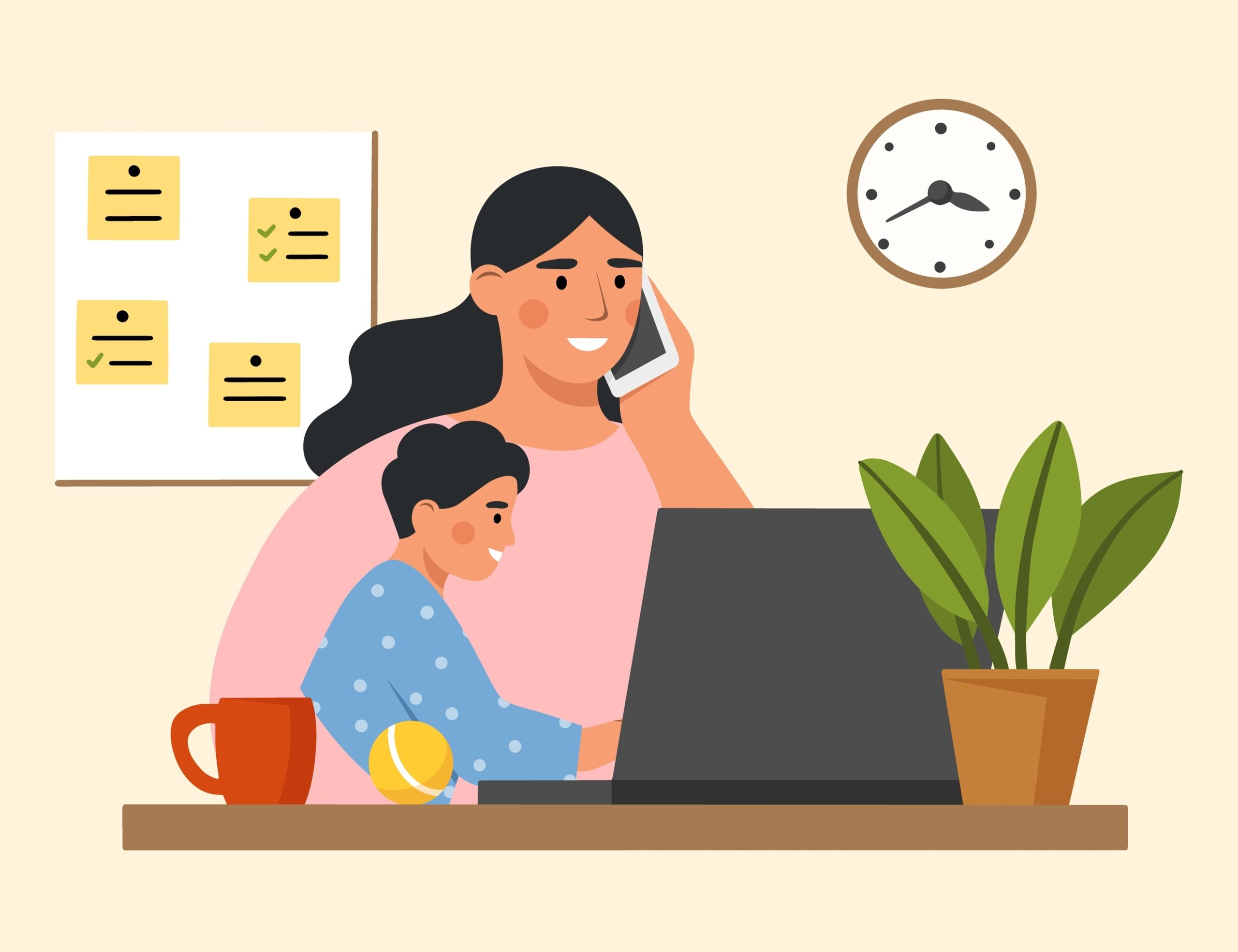


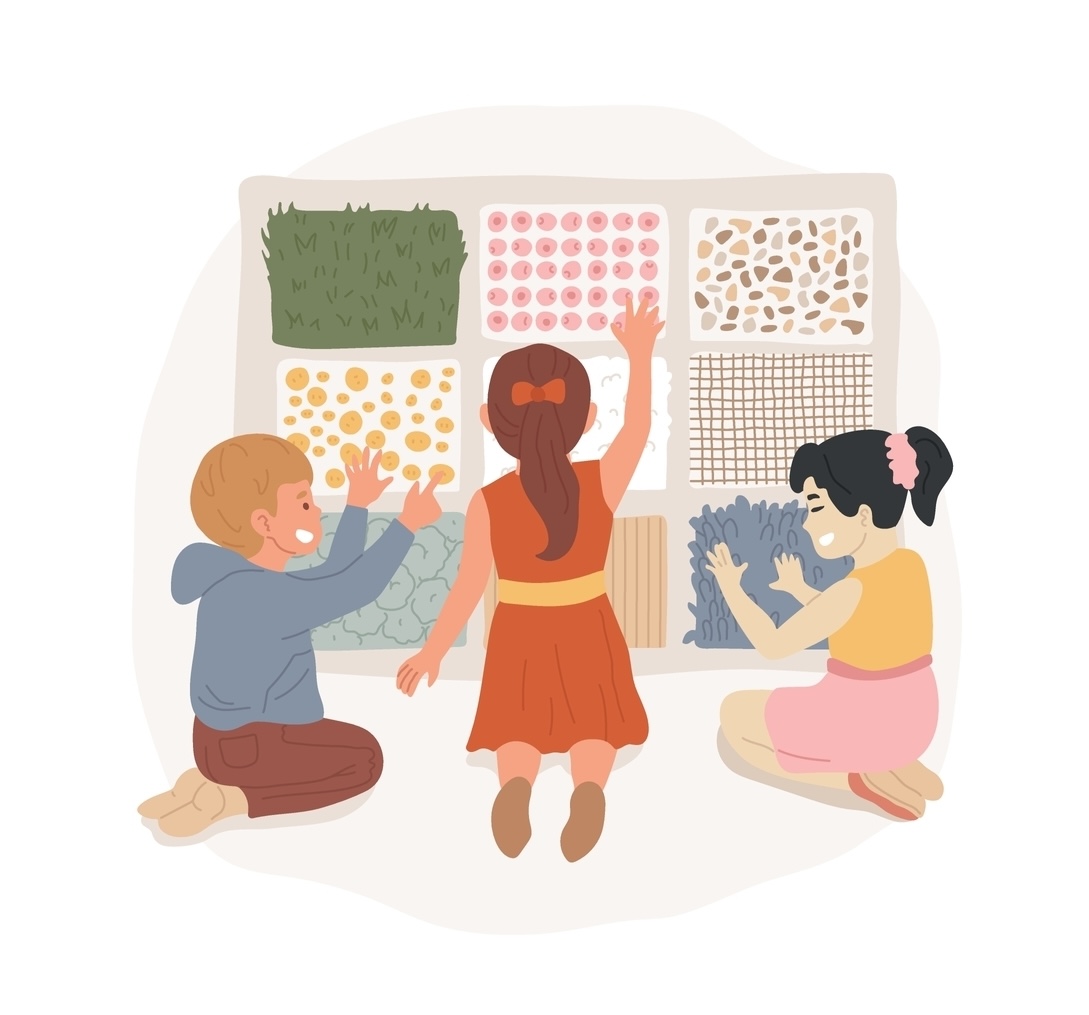


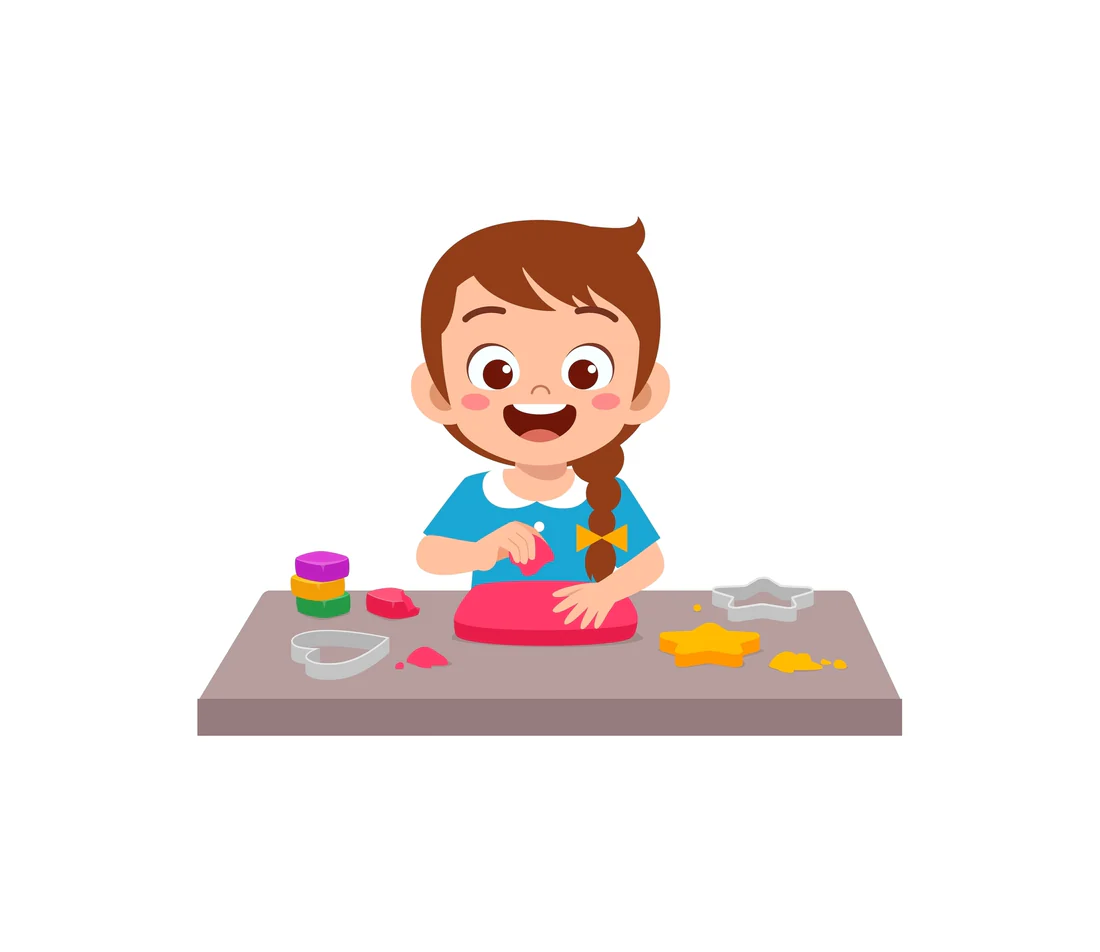
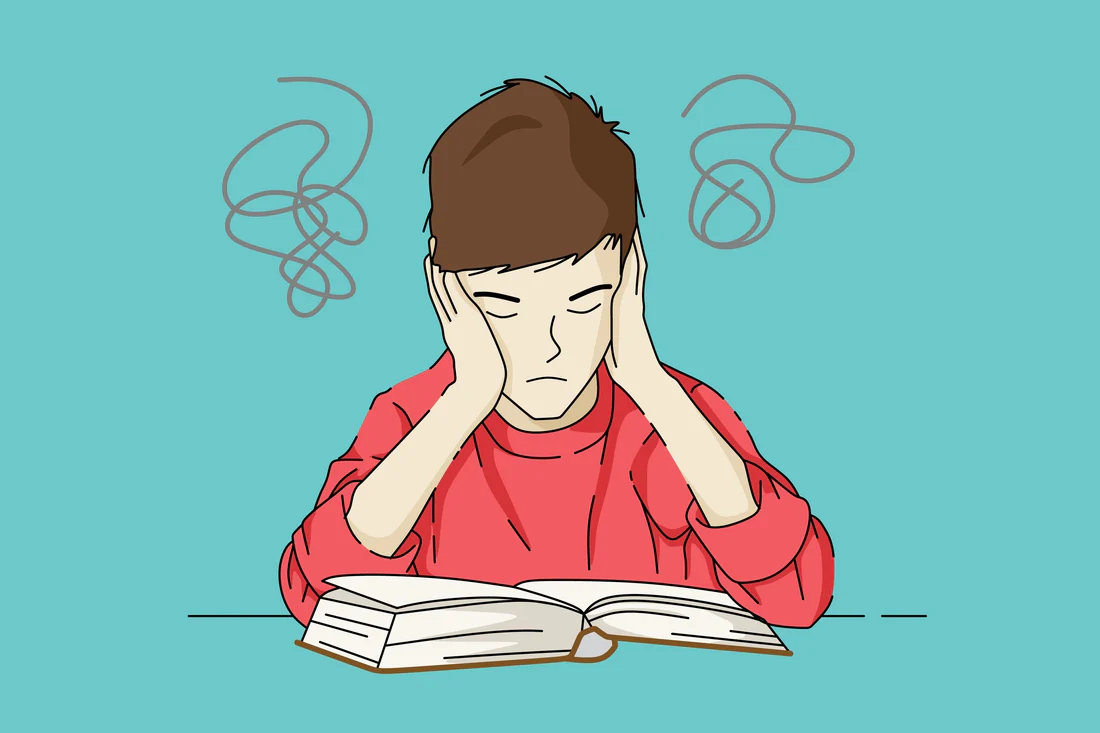
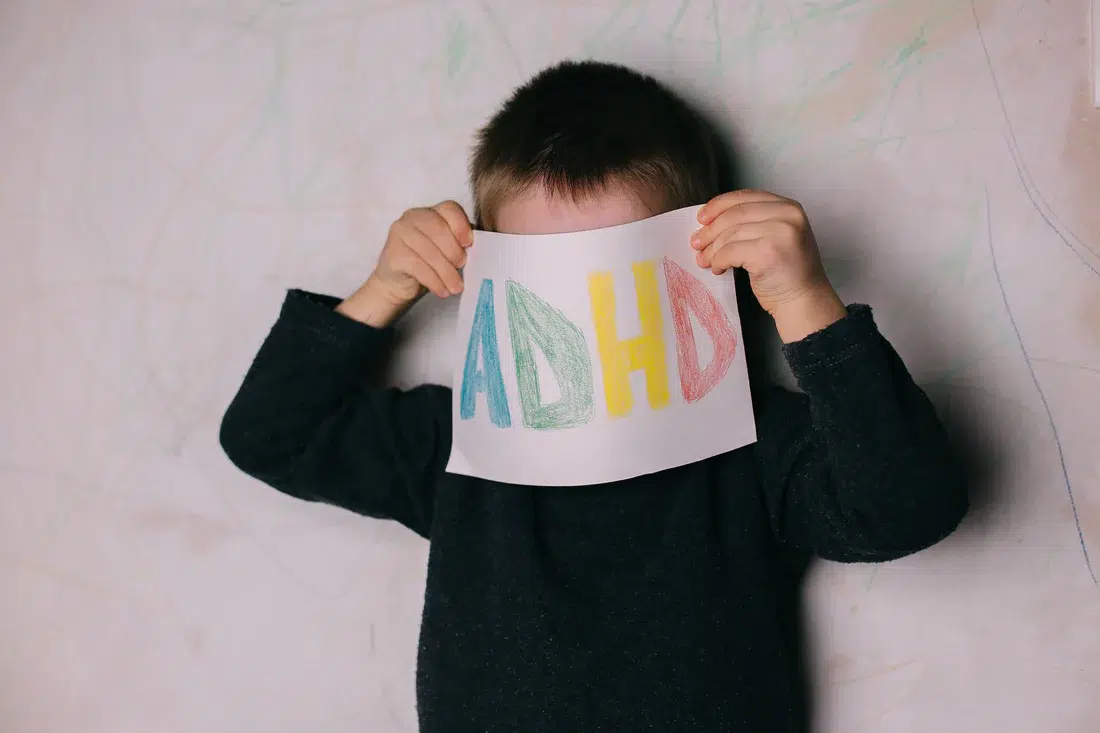


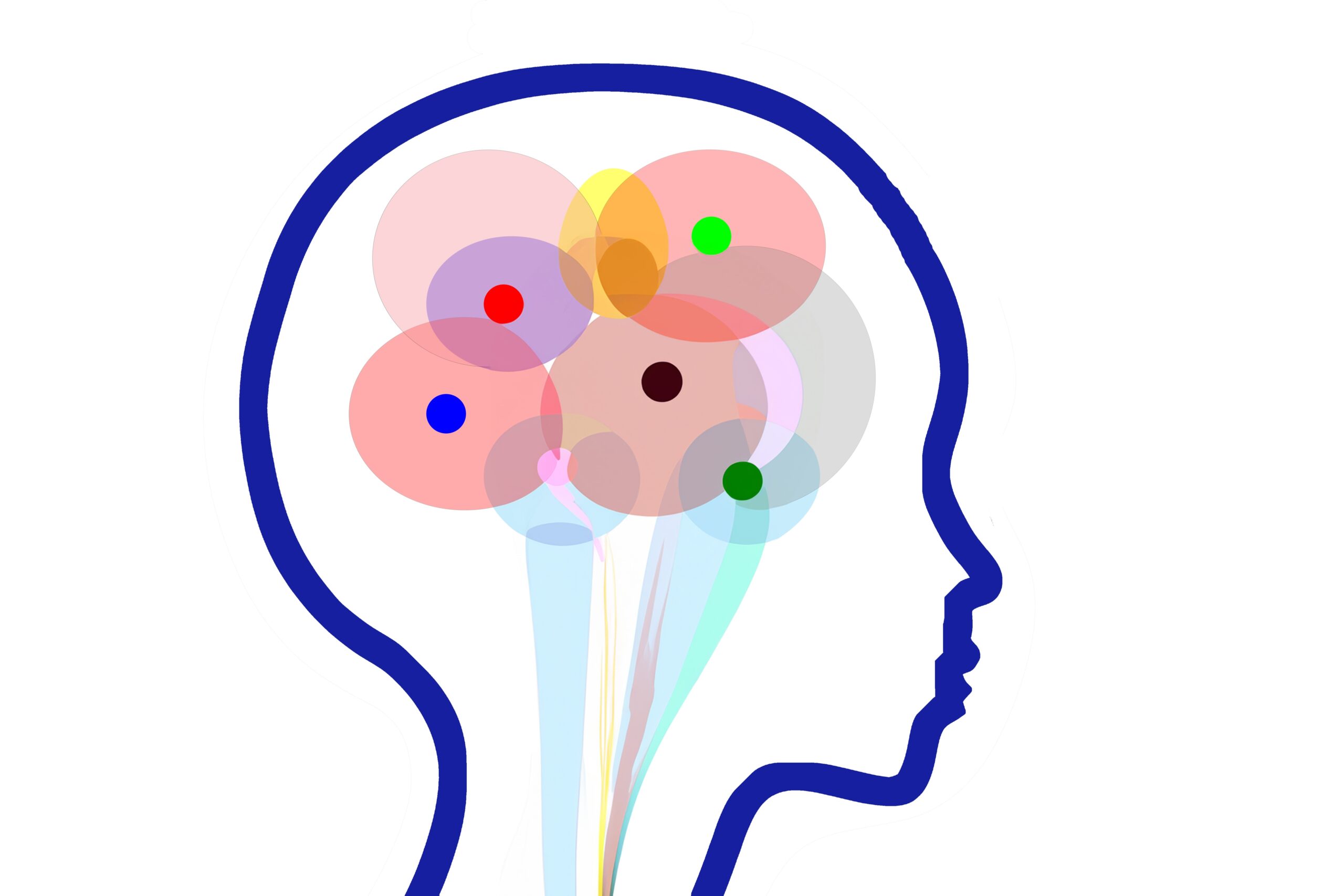
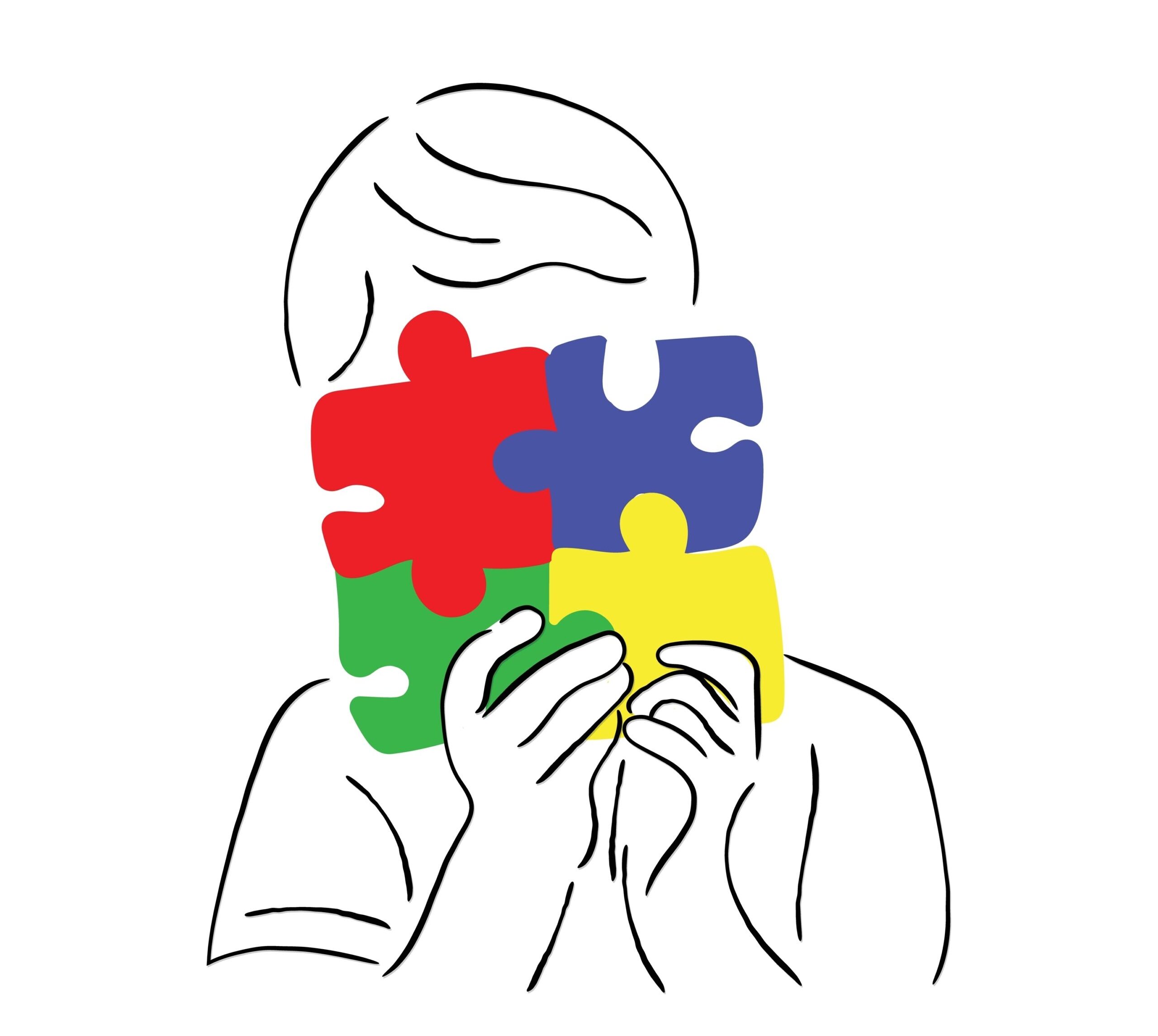
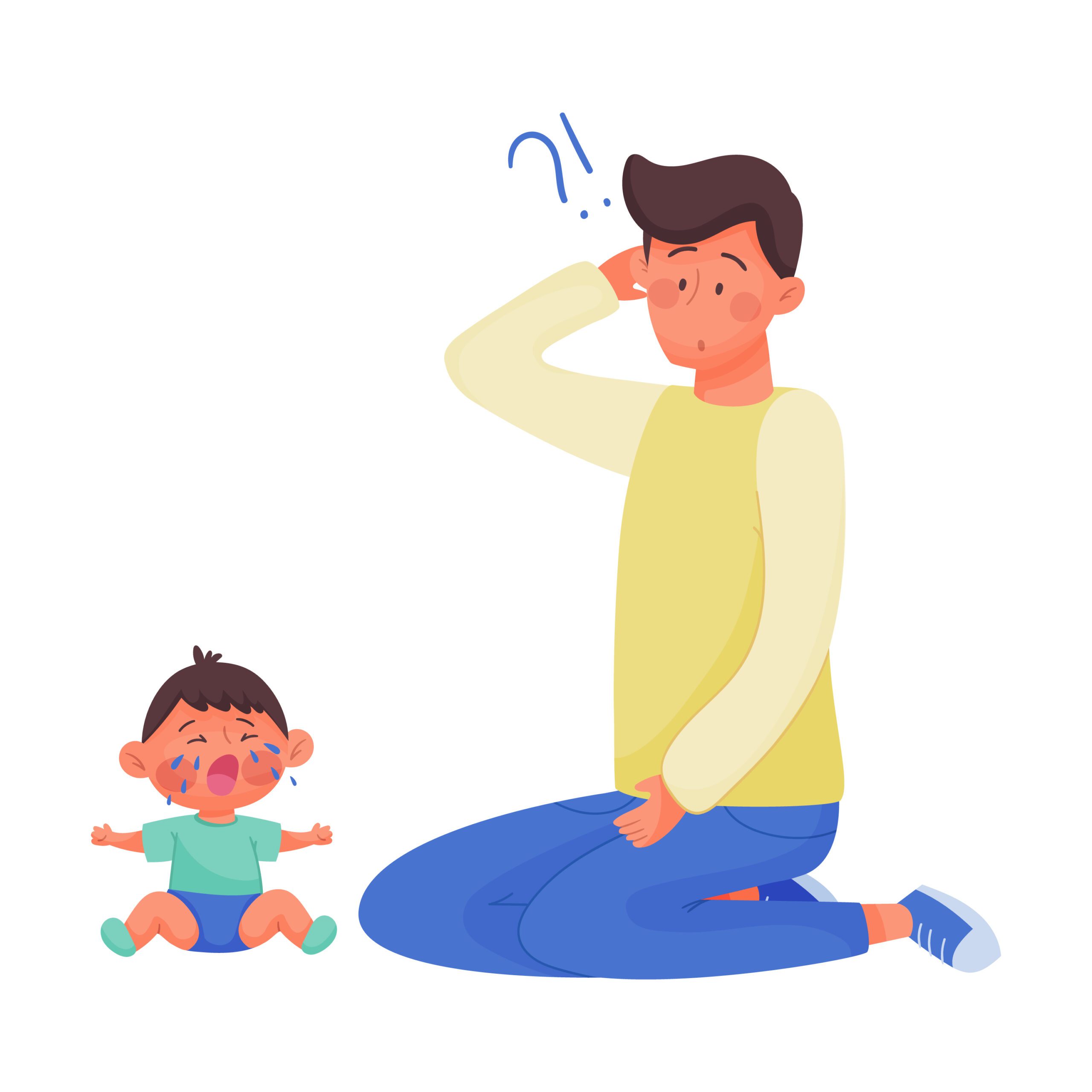

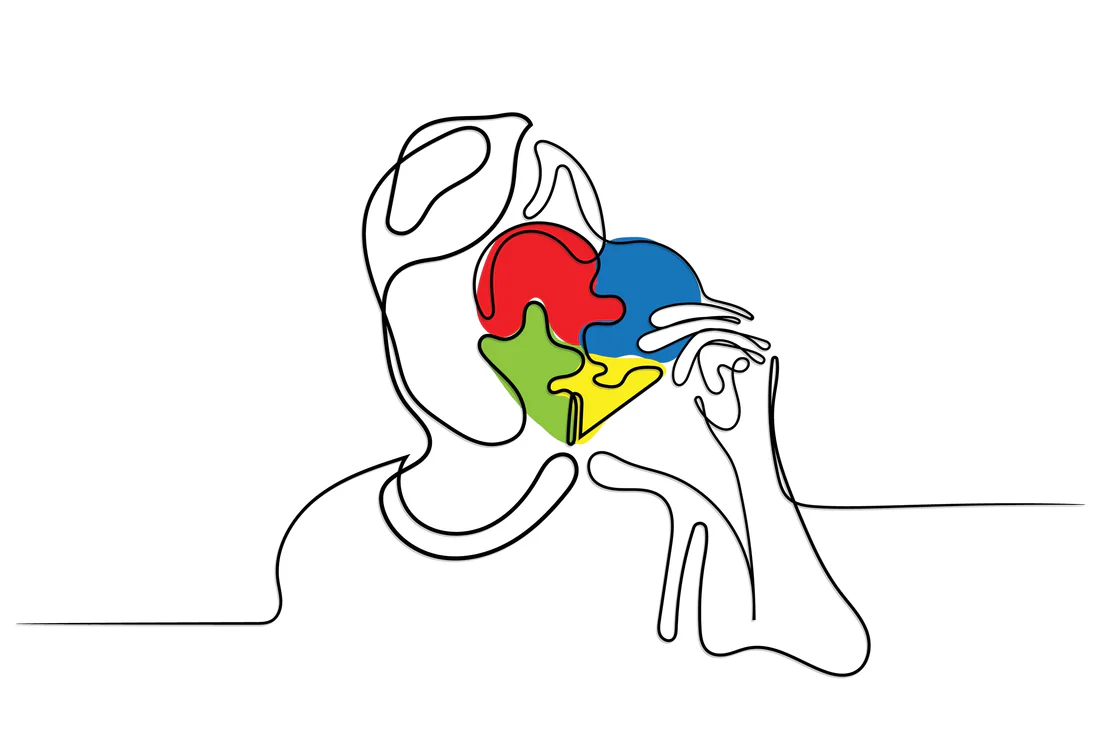

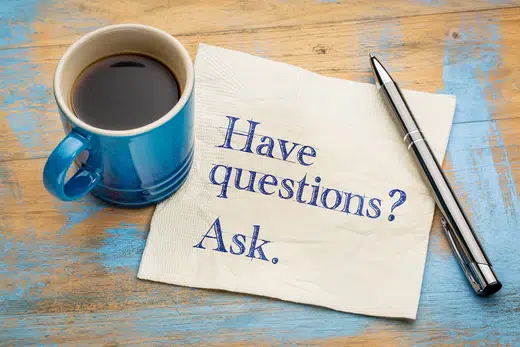








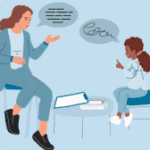 Speech Therapy
Speech Therapy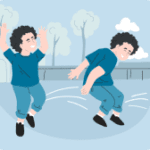 Physical Therapy
Physical Therapy Occupational Therapy
Occupational Therapy




